If you’ve ever heard of the Aurora Australis, you might wonder: is it possible to see the aurora australis in Australia? They are named for Australia, after all! Yes, the Northern Lights get all the love when it comes to natural light phenomena but you might want to consider Tasmania before you book your flight to Iceland, Norway, Scandinavia, Canada, or Siberia.
The southern lights are less well known than the northern lights but are just as spectacular. But guess what? it is quite possible to see the aurora australis in Australia! You just need to know when and where to go. We’ve put together this huge guide to seeing the southern lights in Australia, including everything you need to know. Aurora Australis occurs year-round, swirling through the sky in reds, pinks, oranges, purples, and greens.
Aurora Australis Southern Lights
The Aurora Australis, otherwise known as the Southern Lights, is the lesser-known counterpart to its famous alternative, the Northern Lights. Every year people flock to Iceland and Norway to view the spectacle in the Arctic Circle, but its relatively unknown southern equal can be a surprising delight and well worth the trip to Tasmania, where it can best be viewed. Some try their hand at catching the Aurora Australis in New Zealand and Antarctica as well. Many describe this natural phenomenon as a dance of lights across the sky and a memory that will last a lifetime.
ALSO READ: Moving to Australia? 6 Pros & Cons of moving overseas
What you Can Expect to See
The naked eye typically only picks of white flashes or flickering that is sometimes mistaken for clouds but in the photos, you can see an array of dazzling colors. It is only once you do a long exposure with a camera that the colors come to life and vivid greens and blues present themselves. There are instances when viewing colored light can be possible but this is rare. The lights have been described as “dancing” and making magical movements that shoot up into the atmosphere.
Photographer Daniel Tgum was lucky enough to be at Mt Amos in Tasmania’s Freycinet National Park shooting the Milky Way when he was told about an incoming aurora. And what a spectacular place to capture it! According to Daniel, the beams were strong and visible to the eye which is unusual, as the camera lens is much better at capturing them. Often they’ll appear as a white glow, like the lights of a distant town, then you realize there’s nothing else out there.
When can you see the Southern Lights?
Winter is ideal when the nights are longer and provide a greater window of opportunity. Some say the equinox in September is the best time but this will vary.
The key to a Southern Lights sighting is a dark sky and a pollution-free atmosphere. Skies are the darkest in winter, which in the southern hemisphere is June to August. You’ll also have opportunities to see the aurora in May (the start of winter) and September (the beginning of spring). Generally, you to see the Aurora at any point in the year. We’ve even heard of summer sightings in December, January, and February.
If you’re in Tassie and in the mood to chase them, check local weather reports, follow the locals’ up-to-the-minute sighting posts on Aurora Facebook groups like Aurora Australis Tasmania Alert, or ask your tour guide for the best, up-to-date information.
Overall, it is quite unpredictable and sometimes space weather maps can help, but the sun will ultimately determine its arrival.
Australia is comprised of six states, and only some of them have a possibility to see the aurora australis. Here is the best spot where you can witness the magic for yourself…
1. Tasmania, Australia
Being the southern-most state in Australia, Tasmania is an excellent destination for viewing the aurora australis. In fact, you can potentially see the southern lights in Tasmania year round!
Top 12 Spots to see the southern lights in Tasmania
- Hobart – As Tasmania’s biggest city, Hobart might be a surprising destination to see the southern lights – but it is possible to do so. Admittedly, you’ll need to find a dark part of the city to reduce light pollution, but if your trip to Tasmania is limited to Hobart or other cities, you can still try and spot the aurora.
- Rosny Hill – The golf course offers protection from light pollution.
- Howrah Beach – The strip of sandy beach has good south-facing views.
- Seven Mile Beach – Located west of Hobart near Hobart International Airport, the long beach is protected from most light pollution and has great southern views.
- Taroona Beach – 15 minutes south of Hobart in the Taroona suburb, this beach offers another good option on a night where the aurora is expected.
- Mount Nelson – offers a great vantage point of the city – and of the southern lights on a night where the aurora is particularly bright and strong.
- Mount Wellington – is one of the best aurora viewpoints in the area. Towering over 4000ft (1200m) in elevation, you’ll be well above most light pollution on a night, however, depending on atmospheric conditions.
- Dodges Ferry & Primrose Sands – are small communities that allow visitors to get outside the bustling city. Both of these take advantage of lesser light pollution than Hobart to offer good dark sky viewing opportunities.
- South Arm Peninsula – is an astrophotographer’s paradise.
- Howden– offers great aurora views due to low light pollution and expansive sky views.
- Tinderbox – is another great option, especially as it has direct over-water southern views. Tinderbox Bay is an ideal spot to set up and shoot aurora photos on the southernmost part of the peninsula if that’s on your list.
ALSO READ: Best places to visit in Australia for Tourists
- Cockle Creek – is the most recommended destination if you want to see the southern lights in Tasmania. A two-hour drive south of Hobart, Cockle Creek is best for travelers with a rental car and commitment to try and see the aurora firsthand. The nearest accommodation is in nearby Ida Bay; you can find cottage, inn, and bed & breakfast options from reasonable prices if you want to spend a night or two nearer the ideal viewing spot.
2. Victoria, Australia
It’s rare you’ll see Southern Lights beyond Tasmania while you’re in Oz, but you do have a chance if you’re in the states of Victoria. You’ll want to be there during peak Australis season, for your best bet.
You could try nearby Philip Island, easily accessible from Melbourne. Though don’t blame us if you don’t see anything – the island’s known for its glorious penguin parades at sunset, rather than light shows.
- Anglesea – is an 85-minute drive from Melbourne. It also gives you a good chance to see the aurora out over the water when the weather and solar activity are optimal.
- Aireys Inlet – just a 95-minute drive from Melbourne, this is home to the Split Point Lighthouse and miles of coastline. There is limited light pollution in the area and opportunities to see the southern lights if they’re out.
- Phillip Island – just a two-hour drive from Melbourne, this is a great spot for trying to see the Aurora Australis aka Southern Lights.
We also suggest Point Lonsdale, Cape Schanck, Flinders, Tidal River at Wilsons Promontory, or wherever there’s an uninterrupted horizon view. Closer to the city you can try the coast near Werribee South, Point Cook, and up a hill in Meredith.
ALSO READ: Swimming Spots in Australia: Wild Waterfalls & Lakes
When can you see the Southern Lights aside from Australia
3. New Zeland
Aurora Australis is known to light up New Zealand’s skies with green and pink displays. New Zealand is one of the closest countries to the South Pole where the aurora originates, so if you head far enough south on your travels, you might just see a light show like no other!
- Stewart Island – New Zealand’s third and most southern populated island is the best place to see The Southern Lights, which is easily accessible.
- Lake Tekapo – is the center of the South Island usually gets clear skies for some amazing Aurora Australis displays.
- The Catlins – is at the very south of the South Island. A combination of a clear night and heading away from any other polluting light could well give you a spectacular view of the green and pink hue in the sky.
- Invercargill – is another southern area in the South Island, which equals Southern Light views from time to time.
- Dunedin – The Southern Lights have been known to light up the sky for Dunedin to see. The best places to catch a glimpse of the Auroras are at Hoopers Inlet on the Otago Peninsula.
4. Patagonia, Chile & Argentina
Patagonia is the southernmost tip of South America, meaning it is very possible to see the Southern Lights here, too. Though lesser-known as an Aurora spot, May and July are good months to visit if you’re hoping for a chance of a sighting. If you’re lucky, April and August may produce results – but don’t count on it.
East of Argentinian Patagonia is The Falkland Islands, a British Overseas Territory so far around the world, that they’re not typically thought of as one of the best places to witness the Southern Lights in all their glory.
They actually do provide a pretty good shot – as well as a completely unique travel experience, in many other ways. Otherworldly landscapes and penguins galore. Go between May and August for your best chance of a sighting.
5. Antarctica
The final suggestion on our list is one that is unrealistic for most people, but the best place for viewing the Southern Lights is actually Antarctica itself. Here, the lights are most visible, most active, and most impressive. Being the most southerly chunk of landmass on the planet, Antarctica is the quintessential spot for viewing the aurora australis in all its brilliant glory. The challenge is just getting there. Because of the inhospitable winter climate, only research vessels venture this far south in the dead of winter when aurora conditions are best. But frequent sightings do occur during the end of the cruise season in March, which also happens to be a great time for spotting humpback, sperm and killer whales.
In Antarctica, they even named Australia’s Antarctic flagship as “The Aurora Australis”. It regularly sailed across the Southern Ocean. The flagship can also see a very bright orange, an Australian Southern Lights where it is easily seen in ice-strewn waters.
Just as the Northern Lights are clearly visible in the Arctic Circle, the same goes for Southern Lights in the Antarctic.
Epic plumes of pink, purple and green dancing across a twinkling night sky will be one of many magical moments if you’re lucky enough to embark on an Antarctic expedition. Icebergs and untouched natural landscapes make the Aurora just one of several spectacles.
For the best chance of seeing the lights, you need to travel as close to the Antarctic winter as possible, with peak conditions occurring between March and September.
However, the depths of the Antarctic winter are certainly not hospitable to any traveler, with average temperatures plummeting to -50°C harrowing winds, and dangerously icy conditions.
There are ways of getting into the Antarctic in the winter months, but these methods are very costly and sometimes even dangerous. You can get cruises a little later in the season. But there are limited hours of darkness, so your chances of seeing the lights are reduced. The later you leave it, the better, but the sea ice then becomes a real problem.
How to Capture and Follow Southern Lights
Photographing Southen lights aka Aurora Australis will be your exciting experience. If you’re lucky enough to witness the event, you’ll want to be prepared and capture the image forever. Photographing the southern lights is not so difficult, if a few simple guidelines are followed, anyone can take reasonable aurora pics. Most of it is about understanding your camera, understanding a little bit of photography theory, and putting everything into practice.
Ideally, you will need a DSLR camera for the best results. It is possible to photograph aurora with a point-and-shoot camera. When you are setting up your camera for an aurora shoot there are certain things you will most certainly need. A sturdy tripod, a camera with the option to manually focus, and the ability to change the shutter speed will be imperative to capture a great photo.
Start by setting your lens to the infinite focusing distance. You can do this in the daylight by picking an object on the horizon to focus on then leaving your camera focused there until your night under the stars.
KEEP AN EYE OUT AND BE READY. These settings will depend on the brightness of the aurora so experiment, adjust and shoot lots of images.
- a clear night (the Bureau of Meteorology has a space weather page providing aurora australis predictions) and a great spot looking south and ideally away from city lights ideally, shoot in raw format for better quality. If possible, use a tripod + camera + wide-angle lens
- use a remote trigger with a mirror lock to reduce camera shake
- Choose manual focus to infinity and turned off your noise reduction to save time
- ISO 1600 to 3200 and exposure of 18 to 30 seconds
A good starting place for your camera settings would be shutter speed at 18 seconds, ISO at 400 but 1600-3200 is fine, and your aperture at the lowest possible, preferably at f2.8 to f2 to let in as much light as possible. If your camera lens doesn’t go down to f2.8, set it at the lowest possible aperture.
One more thing, don’t spend the whole night watching auroras through your viewfinder/monitor, enjoy them with your own eyes.
Where to go to see Southern Lights?
As a rule of thumb the further south and the further away from cities/towns the better your chances of seeing an aurora are. Having said that, people in northern Tasmania do see / photograph auroras on a regular basis.
Here is a map suggesting locations to view auroras in Tasmania (and Victoria). This map is a group effort from the fine people at the Aurora Australis Tasmania Facebook group.
REMINDER: Please be careful at night, especially near water/cliffs. Don’t forget your light torch, warm clothes and take extra care…
If you want updates about the Southern Lights aka Aurora Australis, Please join the following Facebook group:
- Aurora Australis Tasmania Alert NOW – its members are very knowledgeable and helpful.
- Aurora Australis – it’s for general discussion, questions, and photographs.
- Aurora Australis – New Zealand CURRENT ALERTS – is reserved specifically just for making brief reports of aurora sightings as they occur.
So there you have it, some of the best places to view the Southern Lights. The reality is that you are going to find it far harder to catch a glimpse of these than you would the Northern Lights. It is just a challenge to get far enough south to really see the best of them. But, with the right conditions, some patience, and a little luck, you can see some wonderful displays in any of the locations we have mentioned. If you are heading to one of these areas to see the Southern Lights we hope you get some wonderful displays of the beautiful Aurora Australis.
You’re all set. Happy viewing!

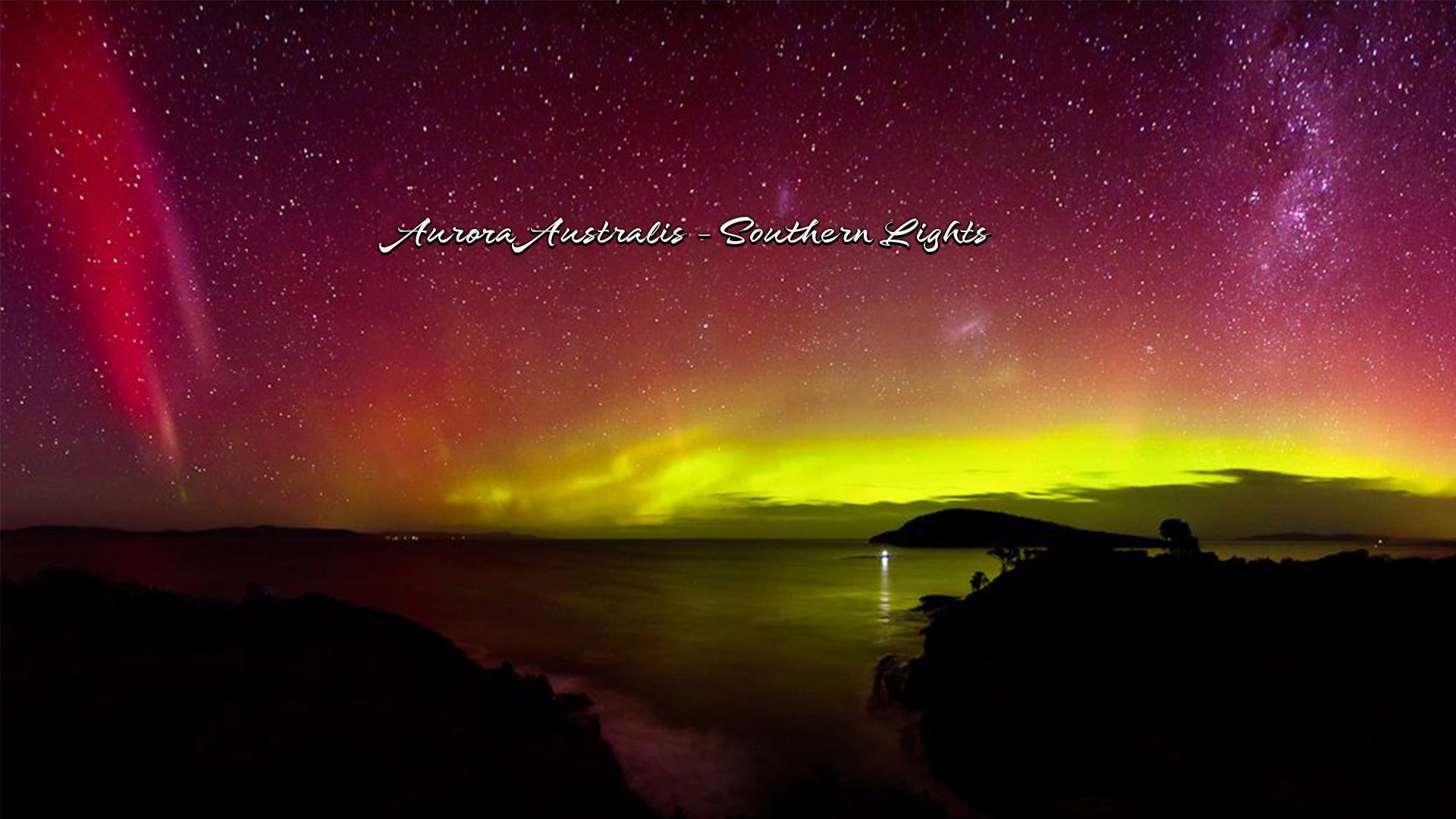
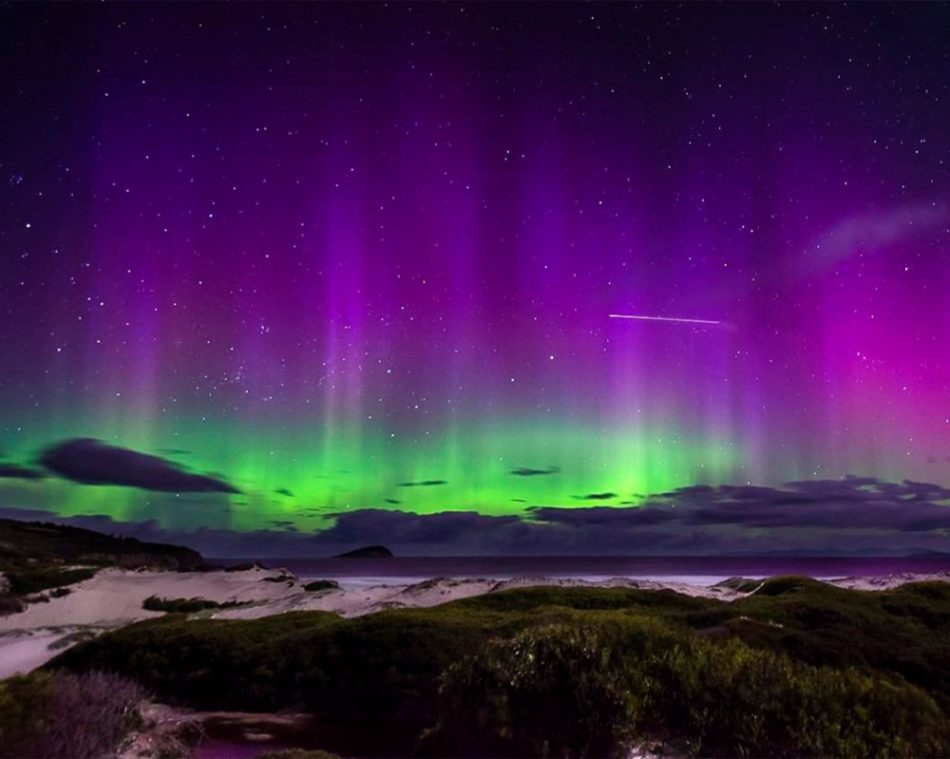
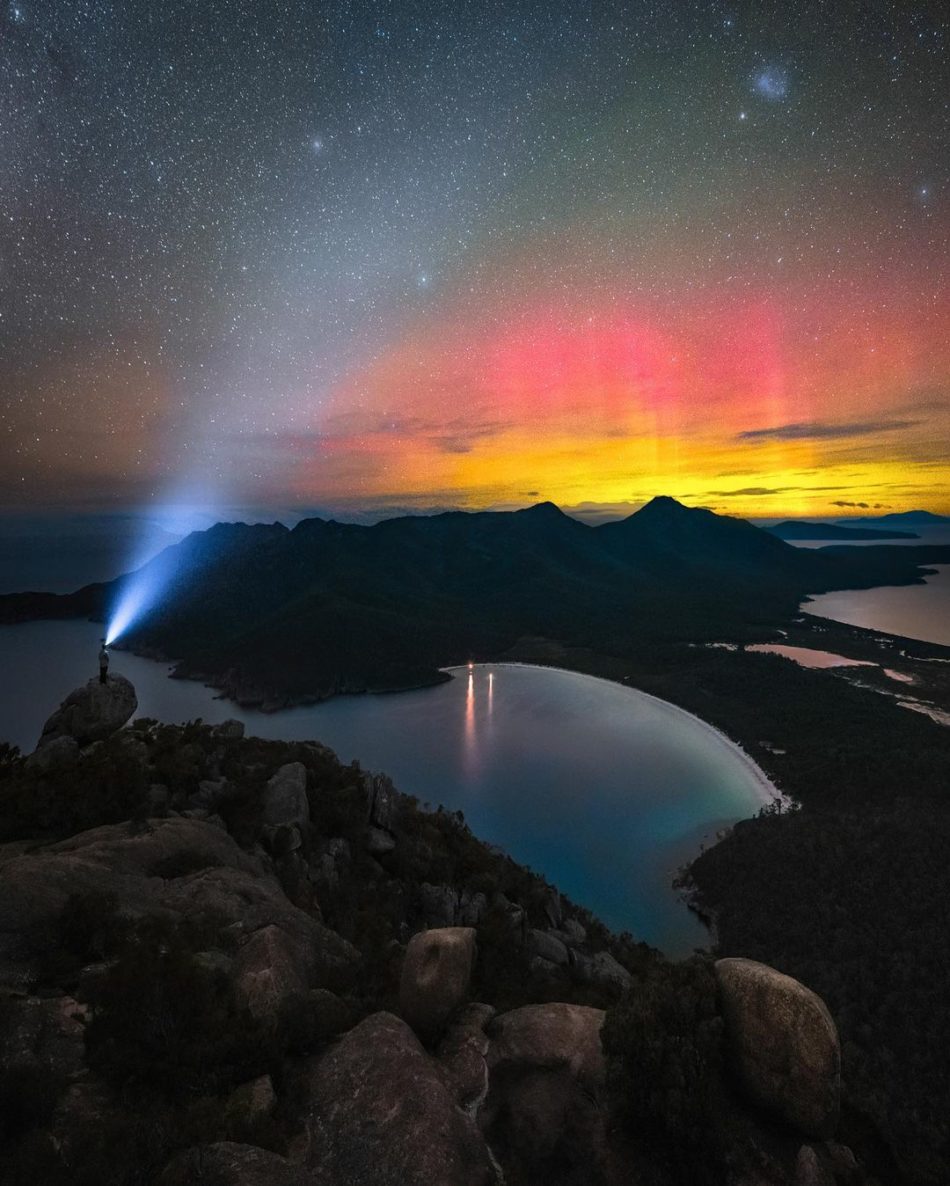
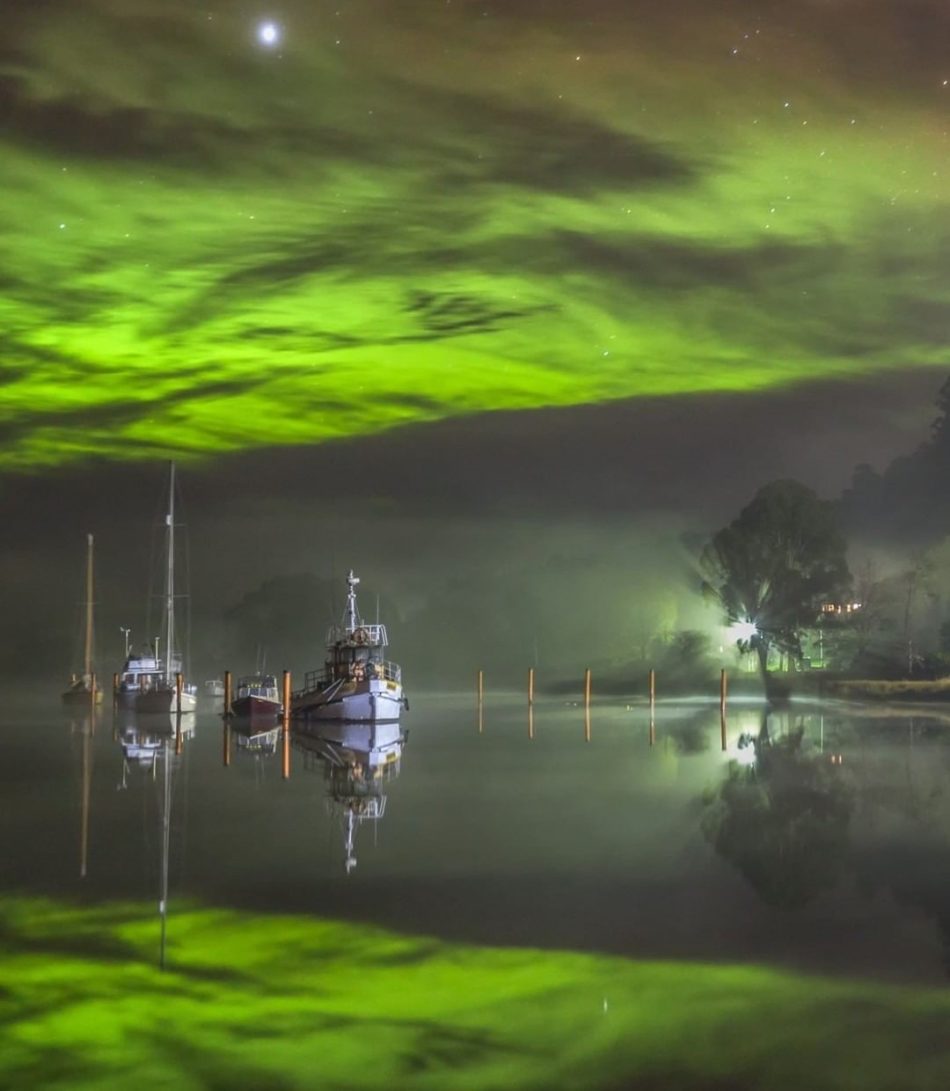
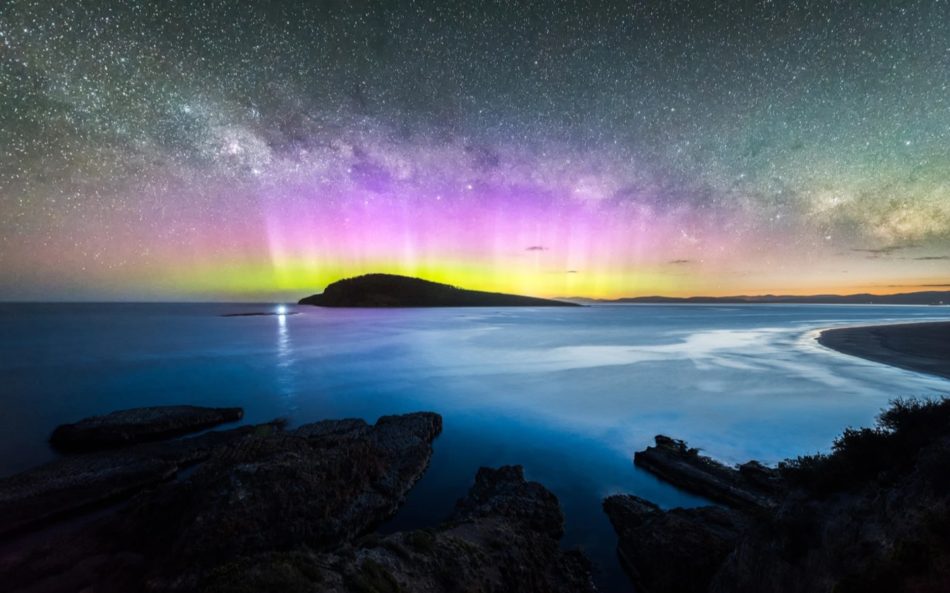
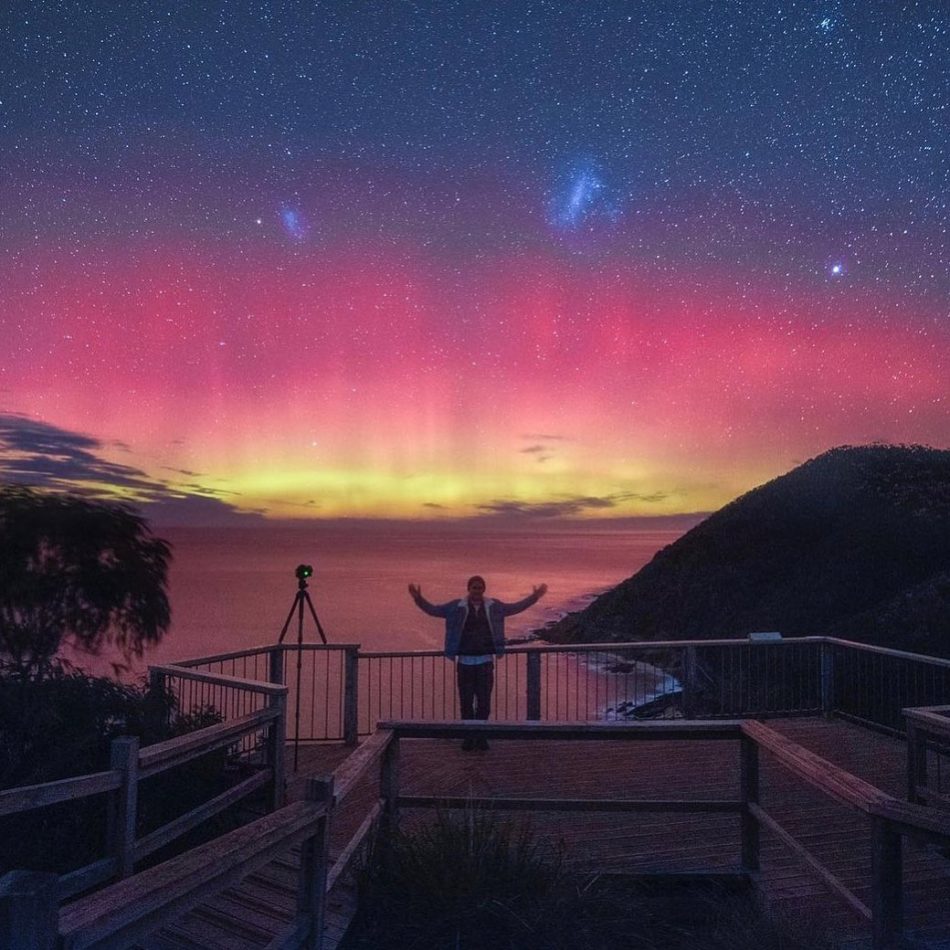
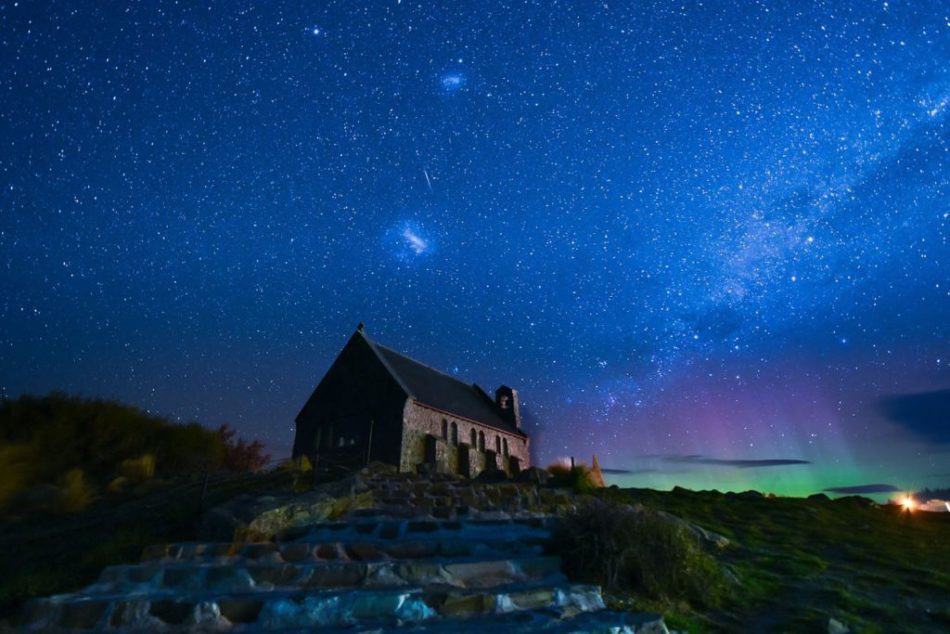
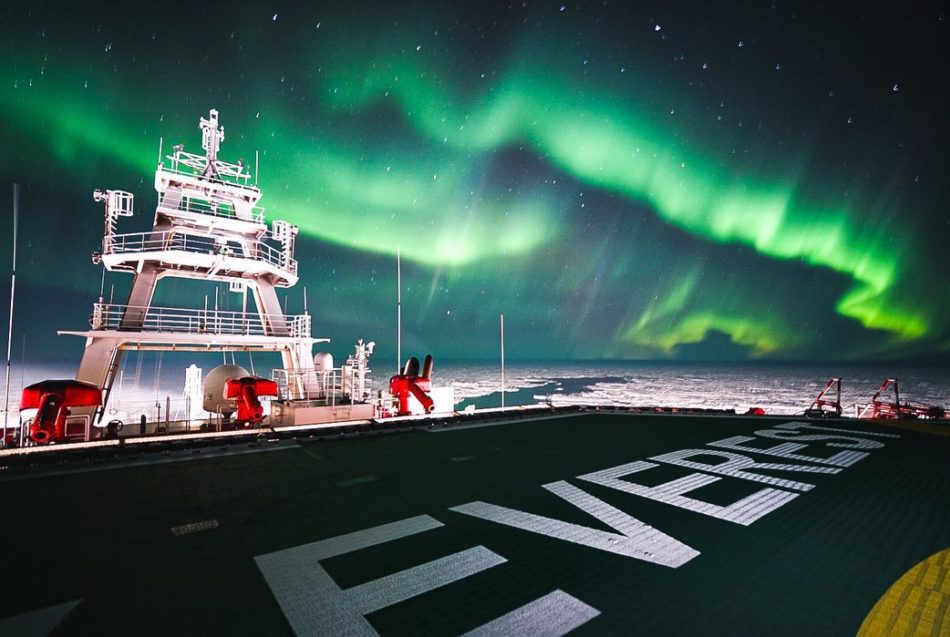
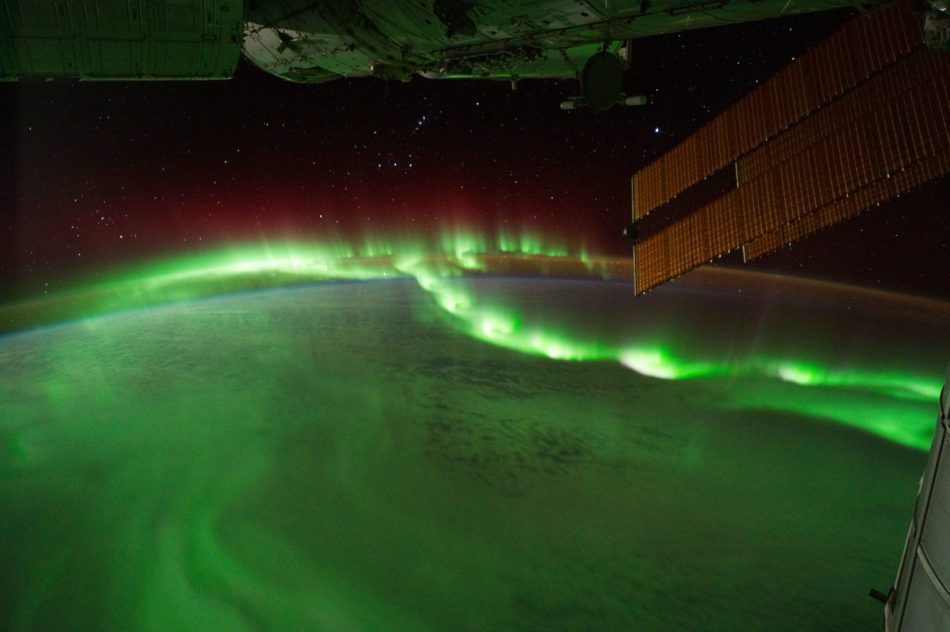




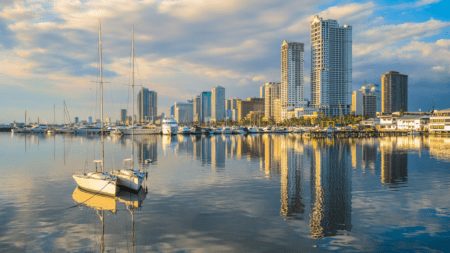


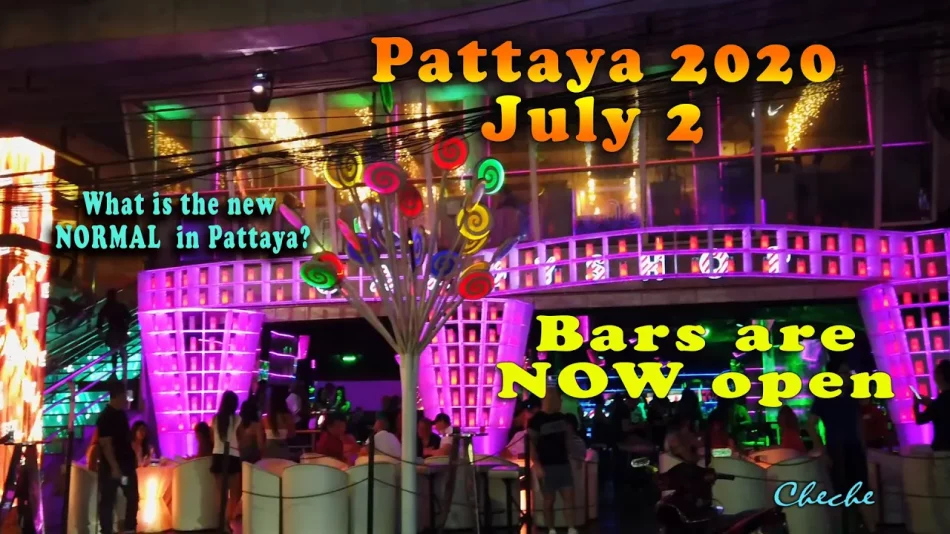


With havin so much content do you ever run into any issues of plagorism or copyright violation? My site has a lot of unique content I’ve either created myself or outsourced but it looks like a lot of it is popping it up all over the internet without my authorization. Do you know any techniques to help stop content from being ripped off? I’d definitely appreciate it.
Generally, I refrain from reading site articles; however, this post strongly encouraged me to do so. Your writing style has truly impressed me. Many thanks for the excellent post.
Normally I do not read article on blogs however I would like to say that this writeup very forced me to try and do so Your writing style has been amazed me Thanks quite great post
It was great seeing how much work you put into it. Even though the design is nice and the writing is stylish, you seem to be having trouble with it. I think you should really try sending the next article. I’ll definitely be back for more of the same if you protect this hike.
Which hosting service are you using? Could I have your host’s affiliate link? My website loads far slower than yours does. Excellent blog as well.
Can you be more specific about the content of your article? After reading it, I still have some doubts. Hope you can help me. https://www.binance.info/ka-GE/join?ref=T7KCZASX
I know this web site presents quality dependent articles or reviews and extra stuff, is there any other web page which provides these kinds of information in quality?
I just like the helpful info you supply for your articles. I will bookmark your blog and take a look at again right here regularly. I am moderately sure I’ll learn many new stuff proper here! Best of luck for the next!
What’s up to every one, the contents present at this website are genuinely remarkable for people knowledge, well, keep up the nice work fellows.
Hello every one, here every person is sharing such familiarity, so it’s nice to read this weblog, and I used to visit this blog all the time.
Hiya! I know this is kinda off topic but I’d figured I’d ask. Would you be interested in exchanging links or maybe guest authoring a blog post or vice-versa? My site covers a lot of the same subjects as yours and I think we could greatly benefit from each other. If you’re interested feel free to send me an e-mail. I look forward to hearing from you! Terrific blog by the way!
It’s an amazing post for all the web visitors; they will obtain benefit from it I am sure.
Its like you learn my thoughts! You appear to grasp a lot about this, such as you wrote the ebook in it or something. I feel that you simply can do with some % to drive the message house a bit, however other than that, that is magnificent blog. A great read. I will definitely be back.
I’m gone to say to my little brother, that he should also visit this blog on regular basis to take updated from latest news update.
Pretty! This has been a really wonderful post. Many thanks for providing these details.
very informative articles or reviews at this time.